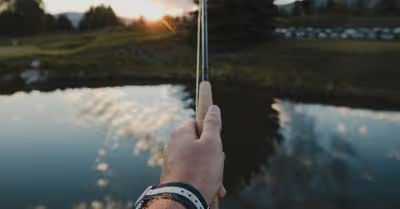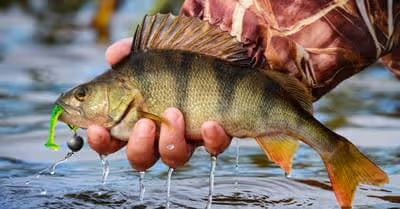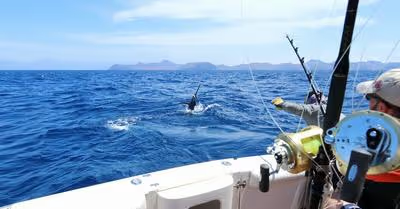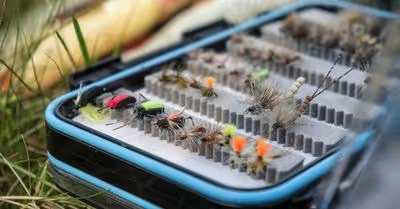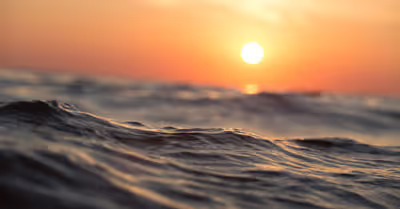Table of Contents
The Importance of Catch and Release
Despite the special regulations that may dictate catch and release, this technique is of great importance in reducing the pressures that game fishing puts on the fishery as a whole. If uncontrolled, fishing can ruin even the best fishery ecosystem. As such, catch and release is beneficial by ensuring that there is always plenty of fish in the waters. In other words, a responsible catch and release can help in preserving fish populations.
Again, catch and release is essential in monitoring and studying various species of fish. Through tagging programs, biologists can tag and release fish. If caught again, the data from the tag can be sent to the agency running the program for further analysis. Such data can be used to study fish migration, habitat utilization, growth rates, natural events, mortality rates, and other valuable information. In essence, such data can be used to manage fisheries in the right way.
And even if you were targeting fish for your dinner, what do you do when you’ve reached your limit? Do you just keep the fish? That wouldn’t be the right thing to do. Instead, you can call it a day or simply put the fish back into its natural habitat and target it another time.
What You Need for Safe Catch and Release Fishing
When it comes to catch and release fishing, it’s important to prepare before you even hit the water. Again, you don’t have to buy the most expensive fishing equipment to perfectly practice catch and release. If anything, some of the most important equipment is perhaps already lying in your tackle box.
With that in mind, one of the most important things that you need to perfectly catch and release fish is a non-knotted rubber net or a fish sling. This is crucial as it ensures that you bring in the fish without causing any harm to its slime or skin. Another important thing is a de-hooking device, which plays a critical role in the safe removal of hooks.
That’s not all; the type of hook that you choose when planning to catch and release fish can make a great difference.
Instead of using the typical J or treble hooks that go deep into the fish’s mouth, it’s fundamental to use a type of hook that just catch a small corner of the mouth. This is essentially why you should use circle hooks.
While it may take a little more time to get used to, circle hooks are the best hooks to use if you’re planning to release fish as they’re designed to catch a small part of the mouth. This is vital as it gives the fish more chances of surviving after you release it.
In addition to J and treble hooks, you should also avoid offset circle hooks as they can cause more harm to the fish and this is something that you don’t want. In short, it’s important to choose single hooks that are less likely to cause any extra tear on the fish. You’ll also remove the probability of catching fish in any other part that’s not the mouth.
Avoid Over-Tiring the Fish
Have you ever been cornered in a life and death situation? This is the exact scenario that the fish undergoes when it is hooked. It becomes so stressed and the lactate levels begin to rise in its blood. This is a fatal condition that may lead to its death a few hours later even if you successfully release it back to its natural habitat.
So how do you avoid this? The best thing to do is to ensure that you do not over-tire the fish. Like most anglers, you probably love a challenge but you should not overdo it. This is why it’s of great importance to avoid using a super-light line that will prolong the fight and leave the fish extremely exhausted. For this reason, you should go with a stronger line and a heavier fishing rod that enable you to land fish as quickly as possible by making the fight very short. Remember; a fish that has been drained of its normal energy may not survive even if you appropriately handled and released it.
How to Properly Unhook the Fish
The general rule of thumb when applying the catch and release technique is to ensure that you do not remove the fish from its natural habitat: water. Note that removing fish from water is extremely traumatic for them. In most cases, many fish species are unable to handle their own weight out of the water and as you already know, removing them from water significantly diminishes their chances of survival.
So unless you have to, let the fish remain in the water even when you are de-hooking it. Even if you want to take a photo with your catch for the memories, it’s advisable that you do it as quickly as possible but with the fish remaining inside water. Make sure that everything is done while the fish remains in the water. You should, therefore, have a pair of needle-nosed pliers in proximity to ensure that you remove the hook carefully and properly in the shortest time possible while the fish remains in the water. Better still; consider using a non-knotted rubber net whenever possible.
How to Perfectly Handle Fish
Let’s start by debunking the widespread myth that using a wet towel is the right way to handle fish. Well, this is not the right way to do it. Whether you’re using a wet towel or your wet hands, touching fish affects its slimes as they get scratched off and may leave the fish prone to numerous infections. In essence, you should try as much as possible not to touch this important protective layer. If you have to, make sure that you thoroughly clean your hands and wet them before touching the fish.
Again, you should never use a gaff on a fish that you’re planning to release. The best thing to do is to use lip grips, which make it much easier to handle fish. Even if the fish is big, avoid holding it by its mouth as you might dislocate its jaw and it won’t survive such a traumatic experience. The best way to do this is by supporting the fish below with your hand. Last but not least, never touch a fish’s gills if you’re planning to release it. Touching the gills will damage them and the fish won’t live to fight another day.
How to Safely Release Fish
You’ve de-hooked your prize catch, done everything to perfection and it’s now time to release your catch. As we’ve noted numerous times, don’t throw it back into the water. All you have to do is gently let the fish off your hands and it will swim off. You can also help it catch its breath by using currents or the movement of the boat to draw water through its gills. If perfectly done, the fish will perk up and get oxygenated. At this point, the fish will recover and just let it go.
You can consider releasing it near structures where it can hide from predators as it catches its breath. If you’re deep-see fishing, keep in mind that the water pressure on the surface is much lower than deeper inside the water. This may make it quite challenging for the fish. The best thing to do in such a situation is to drop it back to its normal depth using a break-off cage. All in all, do not just throw the fish back into the water unless you want it to internally bleed to its death.
Conclusion
Catch and release fishing may not be a normal cup of tea for most anglers. However, it’s of great importance if you want to conserve the fisheries for future generations to enjoy this thrilling adventure. If you do it correctly by following the simple procedures, you’ll increase the chances of the fish surviving once you release it.
Recent Articles





